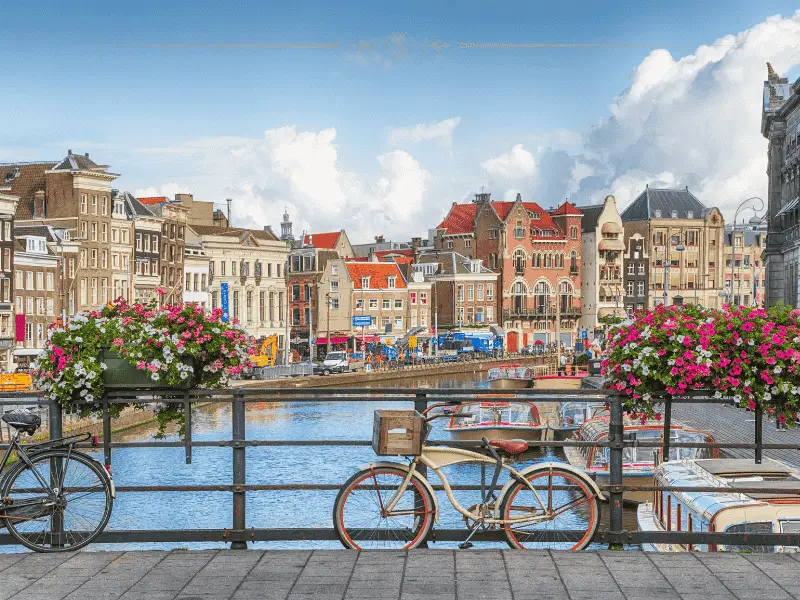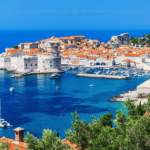Tourism has reached a breaking point in 2024. Cities worldwide are implementing radical strategies to combat the overwhelming surge of visitors that threaten local communities, infrastructure, and cultural heritage. From Barcelona to Amsterdam, destinations are no longer passive recipients of global travel trends but active managers of their tourism ecosystem.

Major European and global destinations are pioneering unprecedented approaches to manage visitor numbers. Barcelona, Rome, and Amsterdam have emerged as frontrunners in developing comprehensive strategies to reclaim their urban spaces and protect local residents’ quality of life.
Short-Term Rental Revolution
The short-term rental market has become ground zero for overtourism battles. Cities are implementing aggressive policies to dramatically reduce tourist accommodations and protect housing markets. Barcelona’s ambitious plan to phase out all short-term rentals by 2029 represents a watershed moment in urban tourism management.
Rome has introduced stringent registration requirements and complex building code regulations designed to dramatically reduce informal tourist accommodations. These measures aim to transform the rental landscape, prioritizing long-term residents over transient visitors.
Taxation as a Control Mechanism
Governments are increasingly viewing tourism taxes as a dual-purpose tool: managing visitor numbers while generating crucial revenue for local infrastructure and community development.
The New Tourism Economics
Countries are developing sophisticated taxation models to address overtourism:
- Iceland has reinstated accommodation taxes to offset environmental strain
- Edinburgh plans a 5% tourist tax targeting accommodation providers
- U.S. states are increasingly viewing tourism taxes as significant revenue streams
These financial interventions serve multiple purposes. Beyond generating income, they create economic barriers that naturally regulate tourist influx, particularly in most sensitive destinations.
National Parks: The Frontline of Visitor Management
The United States National Parks Service has become a global model for systematic tourism control. After experiencing a record 325.5 million visitors in 2023, parks like Yosemite and Glacier have implemented reservation systems that fundamentally reshape visitor experiences.
These advanced management techniques involve:
- Mandatory advance booking systems
- Controlled daily visitor numbers
- Strategic distribution of tourist traffic
- Enhanced visitor experience through reduced congestion
Urban Resistance Movements
Local communities are no longer passive victims of overtourism. In Barcelona, residents have taken dramatic steps, including public protests and symbolic actions like spraying tourists with water guns. Similar movements have emerged in Mallorca, where street demonstrations highlight local frustration.
Technological Solutions and Future Outlook
Digital technologies are increasingly being deployed to manage tourist movements. Smart reservation systems, real-time capacity tracking, and advanced crowd management algorithms are transforming how destinations interact with visitors.
Emerging Trends
- Mandatory pre-booking for popular attractions
- Dynamic pricing models based on visitor density
- Real-time tourist flow management
- Digital platforms for distributed tourism experiences
Balancing Act: Preserving Culture and Economic Benefits
The ongoing battle against overtourism represents a complex negotiation between economic necessities and cultural preservation. Cities are seeking sustainable models that maintain tourism’s economic benefits while protecting local communities’ fundamental rights and quality of life.
Global Implications
What began as localized resistance is rapidly becoming a global movement. Cities and countries are sharing strategies, learning from each other’s successes and failures in managing tourist populations.
Traveler’s New Reality
Tourists must now adapt to a dramatically different travel landscape. Spontaneous trips are becoming increasingly challenging, with advance planning, reservations, and higher costs becoming standard expectations.
Conclusion: A Transformative Moment in Global Tourism
The current overtourism crisis represents more than a temporary challenge. It signals a fundamental reimagining of how global travel intersects with local communities, environmental sustainability, and urban living.
As cities like Barcelona, Rome, and Amsterdam lead the charge, the future of tourism is being rewritten. The message is clear: destinations are no longer just backdrop for traveler experiences but active, living ecosystems that demand respect and careful management.





The surge in tourism is a symptom of the significant growth in the number of people who can afford to travel – that’s a good thing. But these cities and other sites are right to control their own heritage and way of life, conserving what makes them so attractive. A stiff tax on short term rentals and other tourist amenities (tour buses, souvenir shops, etc.) is a reasonable way to reduce the traffic and raise money for the locals. But it will make tourism a luxury for the rich.